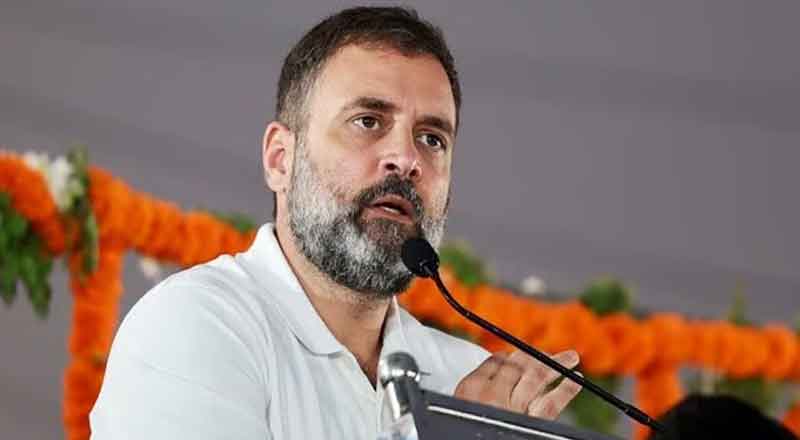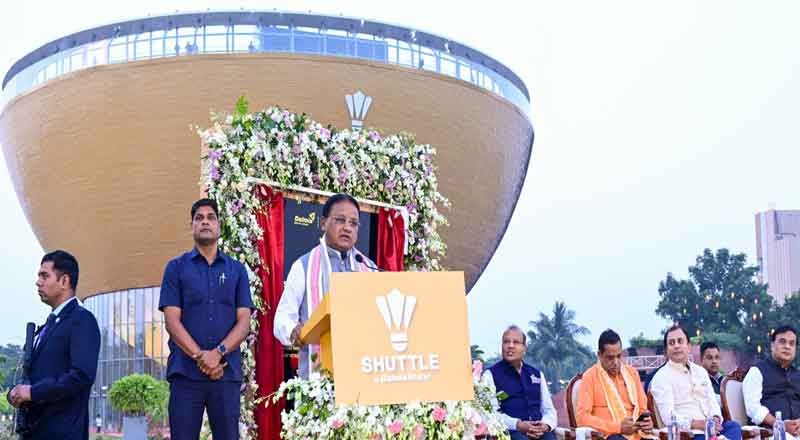Government of India has been making significant efforts towards achieving the goals outlined in India’s Space Vision 2047. These efforts focus on technological advancements, international partnerships, increasing the participation of private players and advancing space exploration missions. The major initiatives taken up are Government of India has carried out Space sector reforms in 2020 to allow participation of Indian private sector in space activities. As a part of these reforms, Government has delineated the roles of various entities viz., IN-SPACe, ISRO and NSIL.
Government of India has announced the Space Vision 2047 which targets establishing BharatiyaAntariksh Station (BAS) by 2035 and landing of an Indian on Moon by 2040. Towards this, Government has approved four important projects: Gaganyaan follow-on missions and establishment of BAS 1st module by 2028, Development of Next Generation Satellite Launch Vehicle (NGLV) (Re-Usable Low-cost Launch Vehicle) by 2032, Chandrayaan-4 by 2027, to develop and demonstrate the technologies to come back to Earth after successfully landing on the Moon and also collect moon samples, and Venus Orbiter Mission (VOM) by 2028, to study the Venusian surface and subsurface, atmospheric processes and influence of Sun on Venusian Atmosphere.
The department has formulated a roadmap for space science exploration missions, integrating multiple domains of developments, towards realizing the goal of Space Vision 2047. Following are the major milestones of the roadmap: Launch of 1st module BharatiyaAntariksh Station (BAS) by 2028, Establishment of full BAS by 2035, Indian Moon landing by 2040.
Towards this, the department has obtained approvals from the Government for four new projects are Gaganyaan follow-on missions and establishment of 1st module of BharatiyaAntariksh Station (BAS) by 2028, Development of Next Generation Satellite Launch Vehicle (NGLV) (Re-Usable Low-cost Lunch Vehicle) by 2032, Chandrayaan-4 by 2027, to develop and demonstrate the technologies to come back to Earth after successfully landing on the Moon and also collect moon samples, and Venus Orbiter Mission (VOM) by 2028, to study the Venusian surface and subsurface, atmospheric processes and influence of Sun on Venusian Atmosphere.
The Government has released the Indian Space Policy, 2023 that provides a level playing field to Non-Government Entities [NGEs] in the space sector by enabling their participation across the entire value chain of space activities in an end-to-end manner.
Further, amendment was made to the Foreign Direct Investment policy for space sector, enabling higher threshold of foreign investments in various space domains.
In line with fostering the space start-ups, the government has also approved setting up of Rs.1000 crore Venture Capital Fund dedicated to space sector, under aegis of IN-SPACe for the coming five years.
This information was given by Union Minister of State (Independent Charge) for Science and Technology, Minister of State (Independent Charge) for Earth Sciences, MoS PMO, Department of Atomic Energy, Department of Space, Personnel, Public Grievances and Pensions, Dr. Jitendra Singh in a written reply in the Rajya Sabha today.





